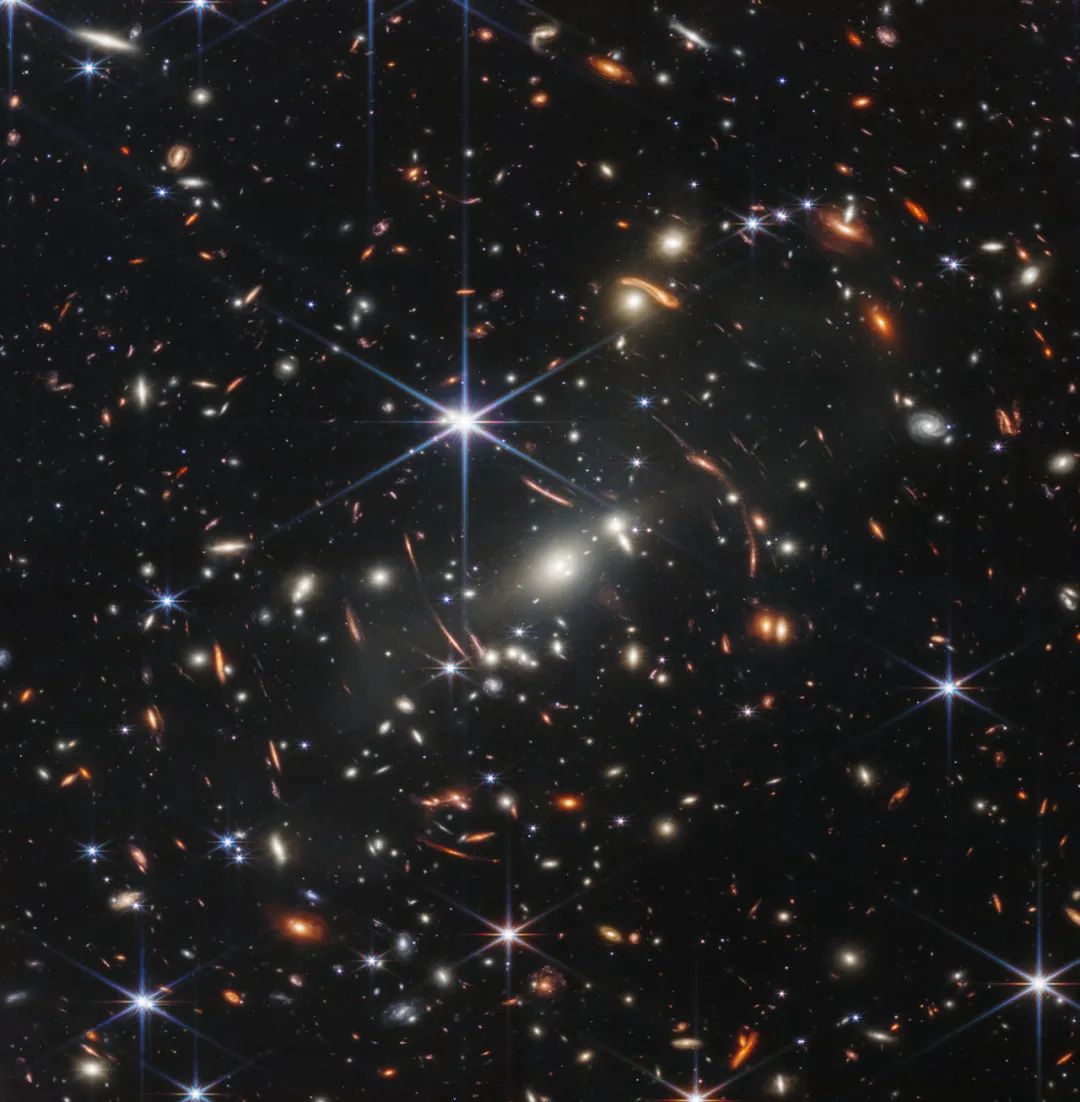

Perennial rice can save farmers weeks of hard work each year. Image source: Science website
On December 16, 2022, the American "Science" magazine announced the list of the top ten scientific breakthroughs of the year. Among them, the development of China's perennial rice varieties was selected for the list. In November 2022, Hu Fengyi's team from Yunnan University of China, together with relevant domestic and foreign teams, published a research paper entitled "Sustainable Productivity and Production Potential of Perennial Rice" in the internationally renowned academic journal "Nature Sustainability", and simultaneously published the title Research brief for "Perennial rice transformation for sustainable agriculture".
The team's perennial rice 23 (PR23) can be harvested without tillage for 3-4 years after planting once, that is, from the second season onwards, there is no need to buy seeds, seedlings, plowing and transplanting. It is a milestone event in the field of perennial food crops based on interspecific hybridization, which saves production costs and reduces labor.
And, after numerous setbacks, 20 years of development, a hefty $10 billion cost, and a dangerous 1.5 million-kilometer journey into space, the new James Webb Space Telescope (JWST) has finally opened its golden infrared eyes for a breathtaking view. A glimpse into the universe and its unfathomable past in stunning, unprecedented detail. To commemorate this feat, the US magazine Science selected JWST's flight as the top scientific breakthrough of 2022.
Unobstructed by Earth's atmosphere, the space telescope provides an undisturbed view of the universe around Earth. Unlike its predecessor, the Hubble Space Telescope, however, the JWST captures infrared light, including light from the first stars and galaxies.

JWST's first deep-field image depicts galaxy cluster SMACS 0723, whose powerful gravity acts like a gravitational lens, magnifying the more distant galaxies behind it. The orange arc is the image of the galaxy distorted by the lens. Credit: European Space Agency/Canadian Space Agency/Space Telescope Science Institute
Within days of going up in late June 2022, researchers began discovering thousands of new galaxies that were farther and older than any previously recorded, and some of them may predate the oldest galaxies spotted by Hubble. 150 million years.
What's more, JWST is able to gather enough light from celestial objects—from birthing stars to exoplanets—to reveal what they're made of and how they move through space. The data have begun to reveal in extraordinary detail the composition of the atmospheres of planets hundreds of light-years from Earth, opening up the possibility of studying their ability to support life.
The annual breakthrough list also includes:
Discovery of a gigantic microbe nearly 5,000 times larger than many bacterial cells;
New insights into how the Black Death changed the genetics of Europeans;
Ancient ecosystems reconstructed from 2 million-year-old environmental DNA preserved in Greenland's permafrost;
Advances in respiratory syncytial virus vaccines;
NASA successfully implemented the DART satellite mission;
Pass a landmark climate bill;
The rapid development of creative artificial intelligence;
Identify viruses that may cause multiple sclerosis.
The top 10 breakthroughs of 2022 were selected by Science's news and editorial staff. A committee of about ten, convened by Science editor-in-chief Holden Thorpe, will also select up to three recipients and award the inaugural Bhaumik Annual Breakthrough Prize for their work in a related area of research unique role. Individual winners will be announced by the end of March next year.